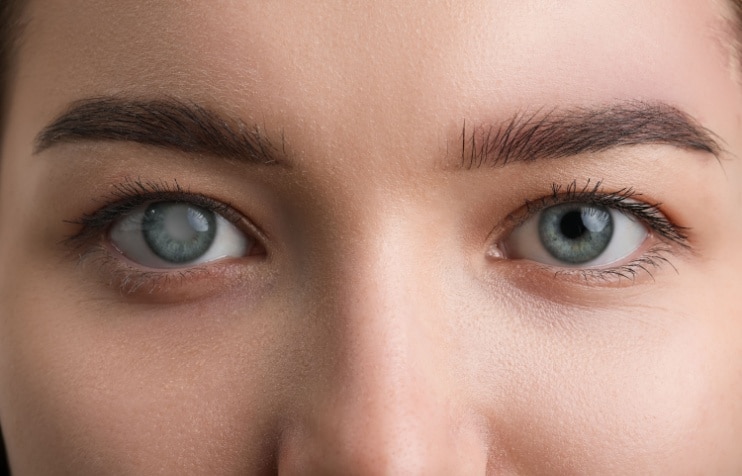- Amblyopia
- Astigmatism
- Blindness & Low Vision
- Cataracts
- Color Blindness
- Diabetic Retinopathy
- Dry Eye
- Eye Floaters
- Glaucoma
- Heterochromia
- Hyperopia
- Macular Degeneration
- Myopia
- Nystagmus
- Ocular Migraine
- Presbyopia
- Ptosis
- Strabismus (Eye Misalignment): Articles on Causes and Treatments
- Retinal Detachment
- More Conditions
- VIEW ALL
- VIEW ALL
Macular Degeneration
Get the latest information on macular degeneration symptoms, treatments and ways to protect your vision. What are the warning signs to watch out for?
Related Articles
All About Vision and AllAboutVision.com are registered trademarks of Essilor Laboratories of America, Inc © 2000-2025 Essilor Laboratories of America, Inc. The content on this site is for informational purposes only. All About Vision does not provide medical advice, diagnosis or treatment. Contact an eye doctor if you need medical attention.




